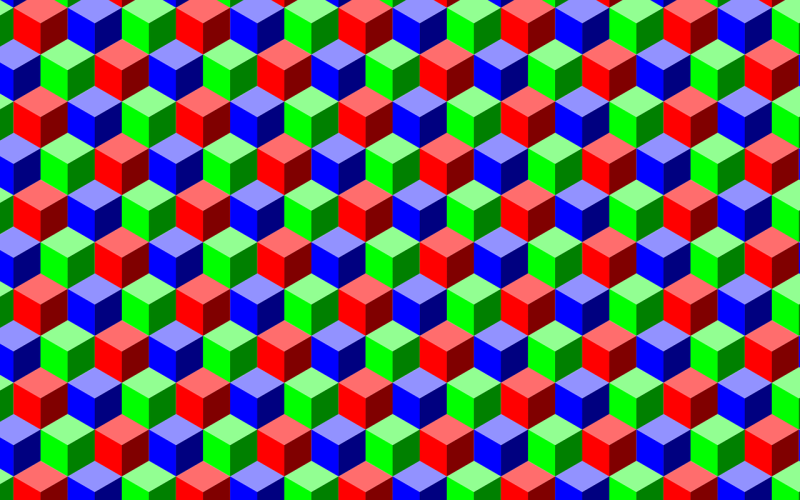Color is one of the most incredible assets in the designer's toolbox. It ought to be nothing unexpected that various tones summon various feelings and draw clients' consideration. Yet, assuming you at any point attempted to plan another venture, you know how troublesome it is to settle on a shading plan that functions admirably for it. To kick you off, I've incorporated a fast reference guide that covers the nuts and bolts colors hypothesis and how they identify with UX plan.
Color Theory
Shading hypothesis really covers various things, yet at the extremely fundamental level it's the connection of tones in a plan through complementation, difference and energy:
- Complementation alludes to the manner in which we see tones as far as their associations with different shadings. There are two normal employments of complementation: the triadic and compound shading plan that we'll talk about underneath.
- Contrast diminishes eye fatigue and centers client consideration by unmistakably separating components on a screen. A high differentiation between components makes text effectively coherent, and guides your peruser's consideration.
- Vibrancy is an enthusiastic ramification of shading.
Color Wheel
A color wheel or color circle is an illustrative association of shading tones around a circle. Each shade of shading has a set inverse and you can utilize the shading wheel to track down every particular tone's inverse.
This shading wheel additionally shows the essential tones, optional tones, and the tertiary tones. Essential tones (red, yellow, and blue) can be blended to make auxiliary tones (orange, green, and purple). White can be added to a shading to make colors, and dark can be added to make conceals.
Check Out the most trending RGB To HEX Color Conversion tool for converting your RGB code to HEX format.
Make an Effective Color Scheme
The following are 3 of the generally acknowledged constructions for a decent shading plan: triadic, compound, and practically equivalent to:
Triadic. The triadic is the most essential and adjusted of the three constructions. It is made out of 3 tones on independent finishes of the shading range. There is an extremely simple method for making a triadic shading plan: take a shading wheel, pick your base tone and draw a symmetrical triangle starting here. The three places of the triangle will shape your tri-shading plan.
By utilizing a symmetrical triangle, you can guarantee the tones have equivalent energy and praise each other appropriately.
Compound. Colors that are inverse to each other on the wheel are correlative. They contrast emphatically, and they can be utilized to stand out for the viewer.
For instance, red's supplement is green. Investigate the missed call notice model in Apple iOS. The integral shading plan promptly centers client consideration around significant occasions.
Analogous: Colors that are close to one another in the wheel are practically equivalent to. They can be utilized to make a feeling of amiability and coherence in a plan. A practically equivalent to shading plan depends on a cautious choice of tones in a similar space of the shading range.
A motion driven assignment director application Clear utilizes comparable tones to outwardly focus on significant undertakings and feature the most basic ones (the highest things will be the boldest in shading, while things lower on the rundown will be lighter and more unobtrusive).
The most effective way to figure out how to make excellent shading plans is to rehearse. You can utilize mechanized instruments to do this from the get go. An apparatus created by Adobe, Color CC is pointed toward giving an instinctive method for making a shading range. Instrument has an extremely instinctive interface, so every shading on the range can be independently changed and a last range can be saved with a couple of straightforward snaps.
Adobe Color CC (recently known as Kuler) is an extraordinary device for shading plan creation.
Colors In Text
At the point when you're utilizing colors in text, know that setting two tones with low worth difference close to one another can make your duplicate extremely challenging to peruse (regardless of whether they are corresponding or comparable to colors). This is particularly evident on versatile screens, where clients are bound to be outside and have glare on a screen.


